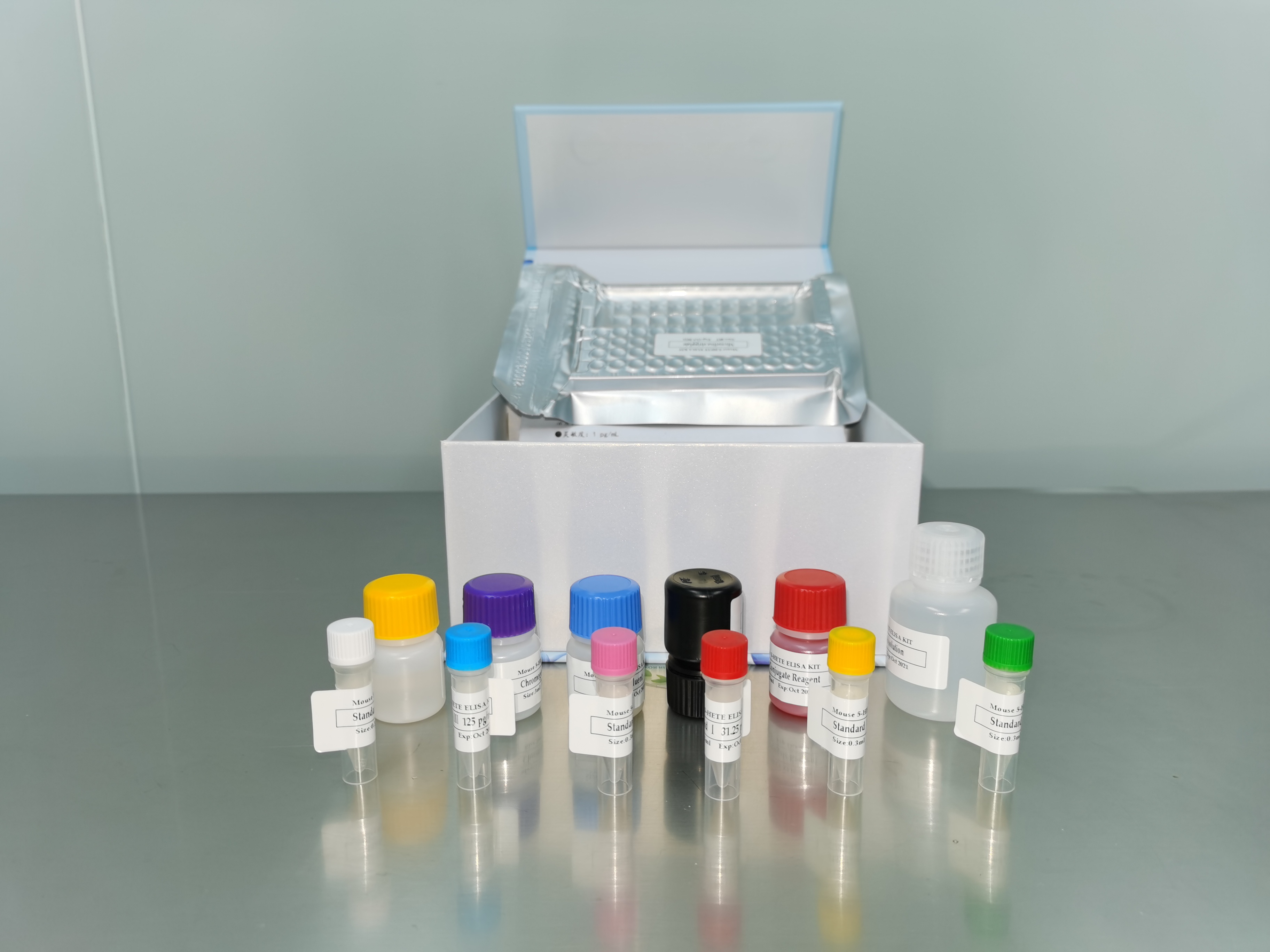| 产品名称: | Penicillium nalgiovense Laxa |
|---|---|
| 商品货号: | TS132724 |
| Deposited As: | Penicillium nalgiovense Laxa, anamorph |
| Strain Designations: | Sp1372 1372, ATCC 90283 |
| Application: | Produces penicillin
Transformation host |
| Biosafety Level: | 1
Biosafety classification is based on U.S. Public Health Service Guidelines, it is the responsibility of the customer to ensure that their facilities comply with biosafety regulations for their own country. |
| Product Format: | freeze-dried |
| Storage Conditions: | Frozen: -80°C or colder Freeze-Dried: 2°C to 8°C Live Culture: See Propagation Section |
| Type Strain: | no |
| Preceptrol®: | no |
| Comments: | Starter culture for fermented foods
Transformation with amdS gene from Aspergillus nidulans
Cloning of protease gene |
| Medium: | ATCC® Medium 200: YM agar or YM broth ATCC® Medium 325: Malt extract agar (Blakeslees formula) ATCC® Medium 336: Potato dextrose agar (PDA) |
| Growth Conditions: | Temperature: 24°C to 26°C
Atmosphere: Typical aerobic |
| Sequenced Data: | No DNA sequencing was performed in house on this product.
|
| Name of Depositor: | R Geisen |
| Chain of Custody: | ATCC |
| Isolation: | Parma-type ham, Italy |
| References: | Geisen R, Leistner L. Transformation of Penicillium nalgiovense with the amdS gene of Aspergillus nidulans. Curr. Genet. 15: 307-309, 1989. . . Food Biotechnol. 4: 497-503, 1990. Geisen R. Expression of the Aspergillus niger glucose oxidase gene in Penicillium nalgiovense. World J. Microbiol. Biotechnol. 11: 322-325, 1995. Farber P, Geisen R. Antagonistic activity of the food-related filamentous fungus Penicillium nalgiovense by the production of penicillin. Appl. Environ. Microbiol. 60: 3401-3404, 1994. PubMed: 7944371 Geisen R, et al. Production and regeneration of protoplasts from Penicillium nalgiovense. Lett. Appl. Microbiol. 8: 99-100, 1989. Geisen R. A simple procedure for the isolation of fungal DNA for dot blot analysis. Fungal Genet. Newsl. 37: 19-20, 1990. Geisen R. Cloning of a protease gene from Penicillium nalgiovense by expression in Escherichia coli. Lett. Appl. Microbiol. 16: 303-306, 1993. |


